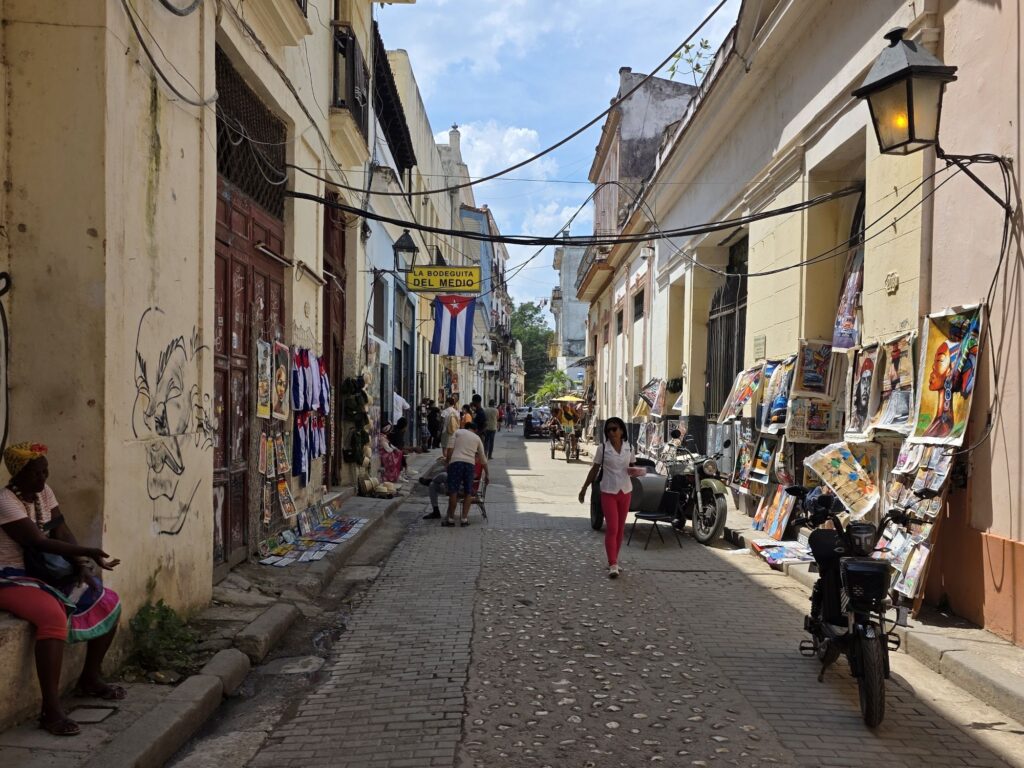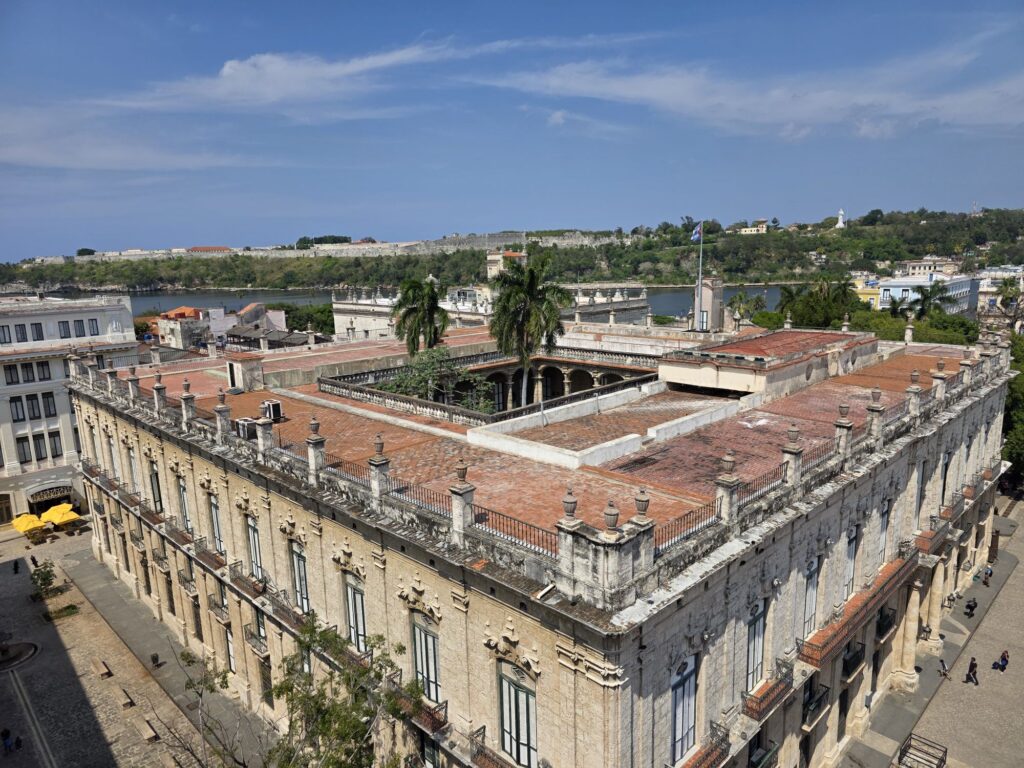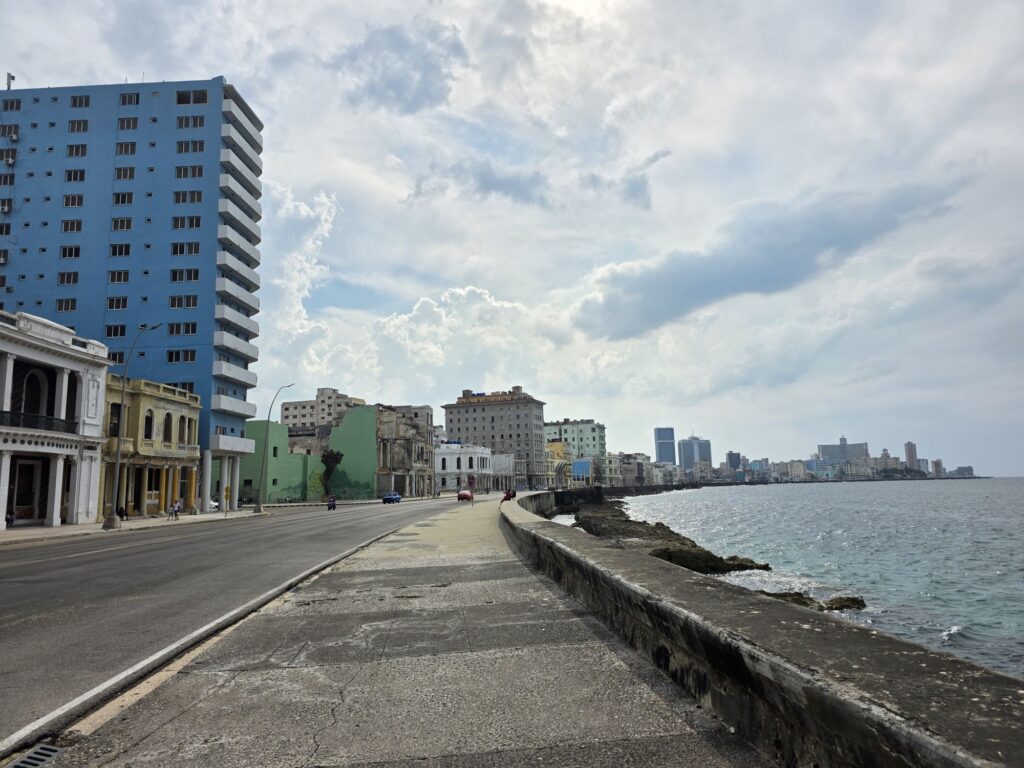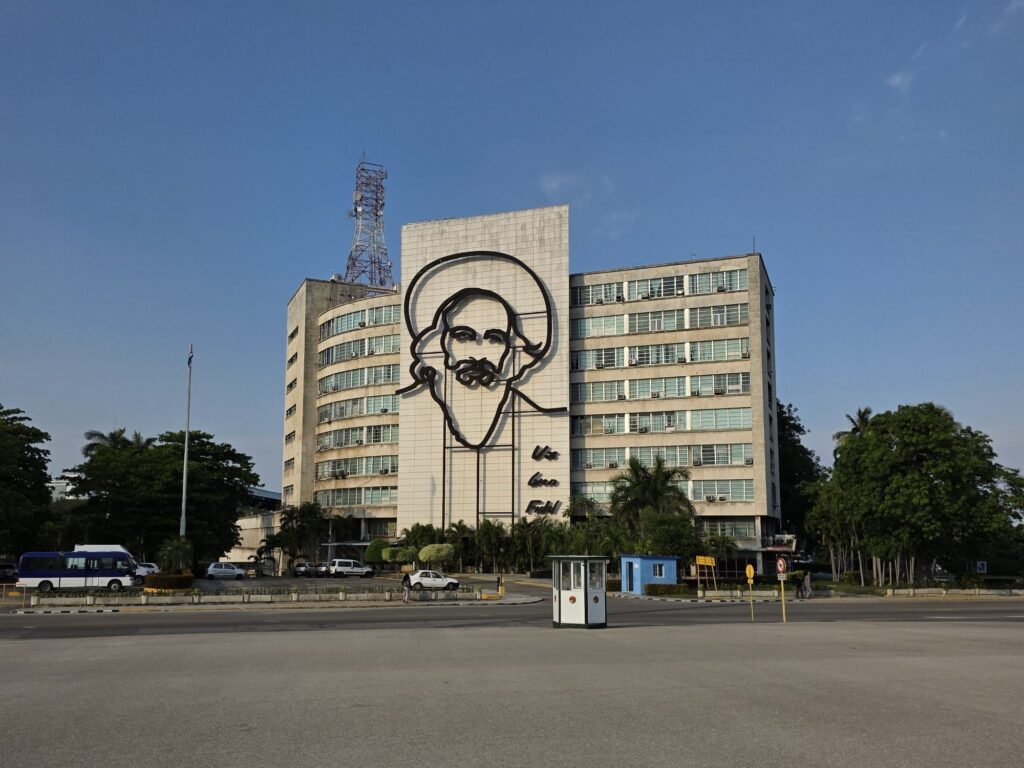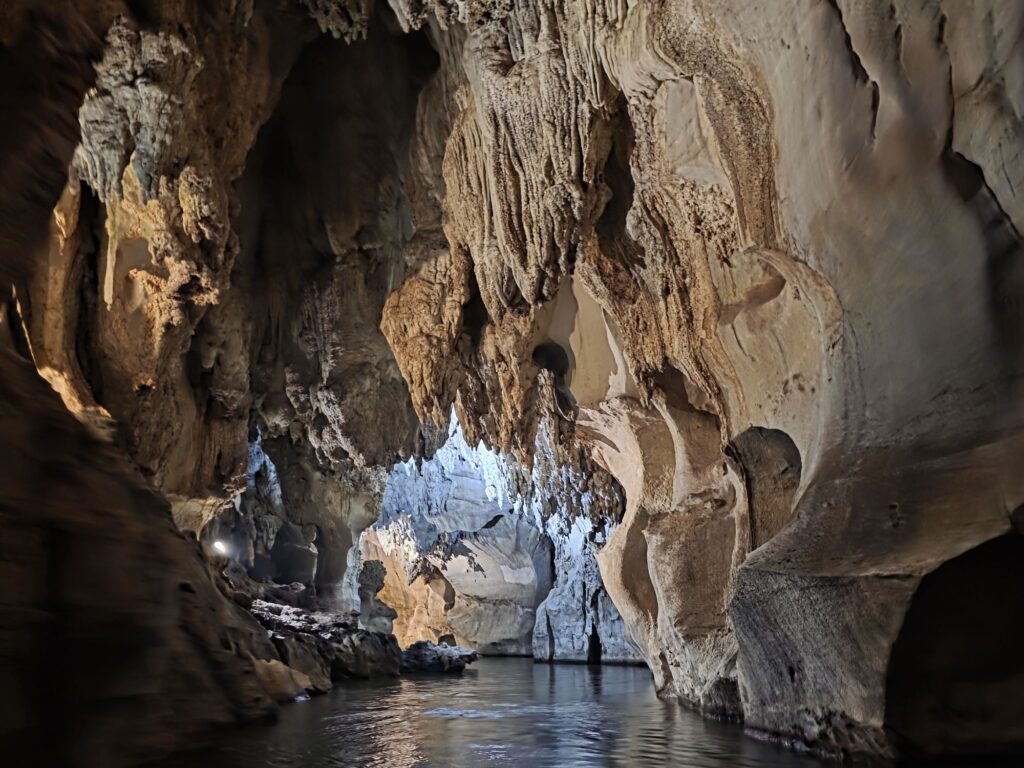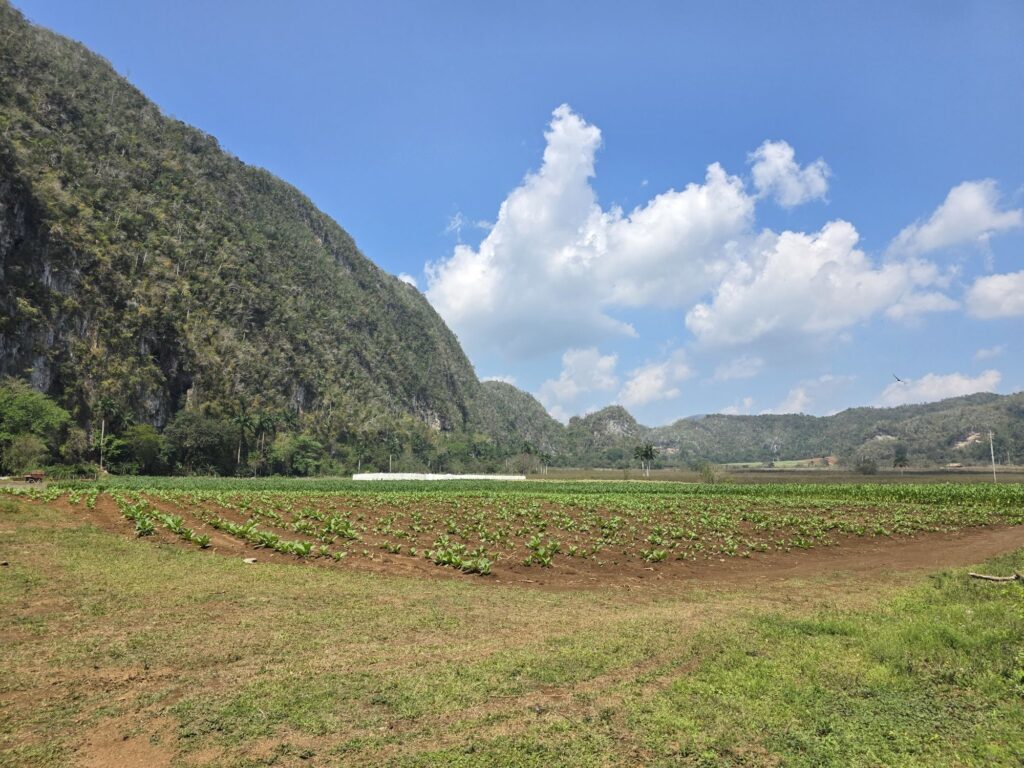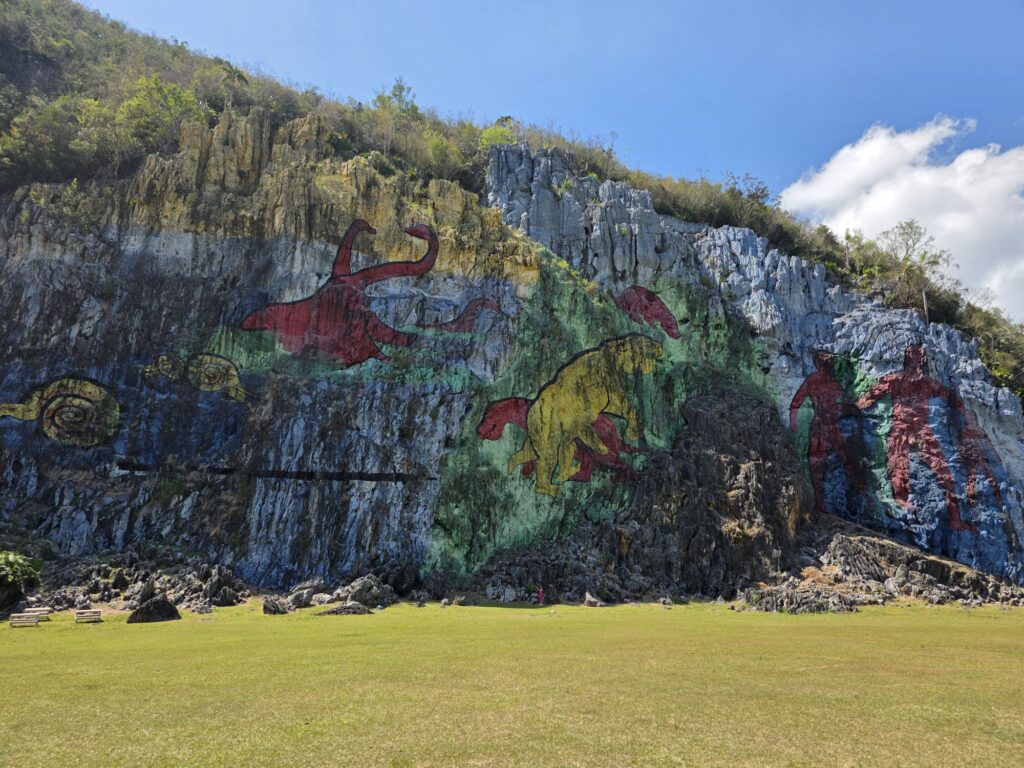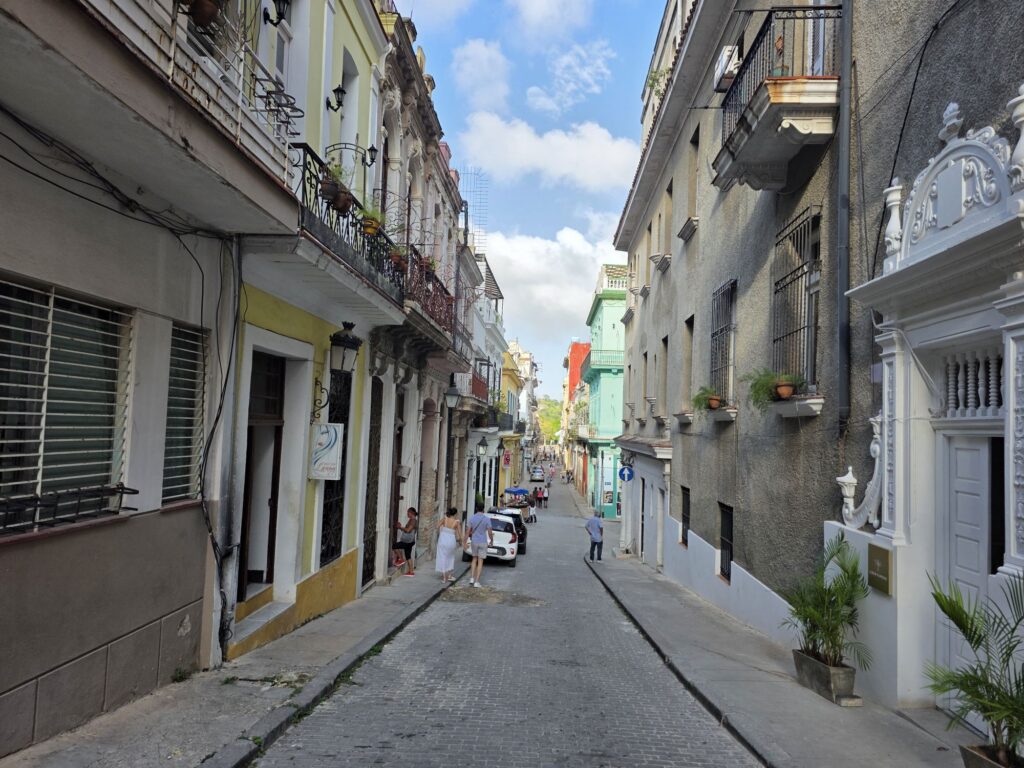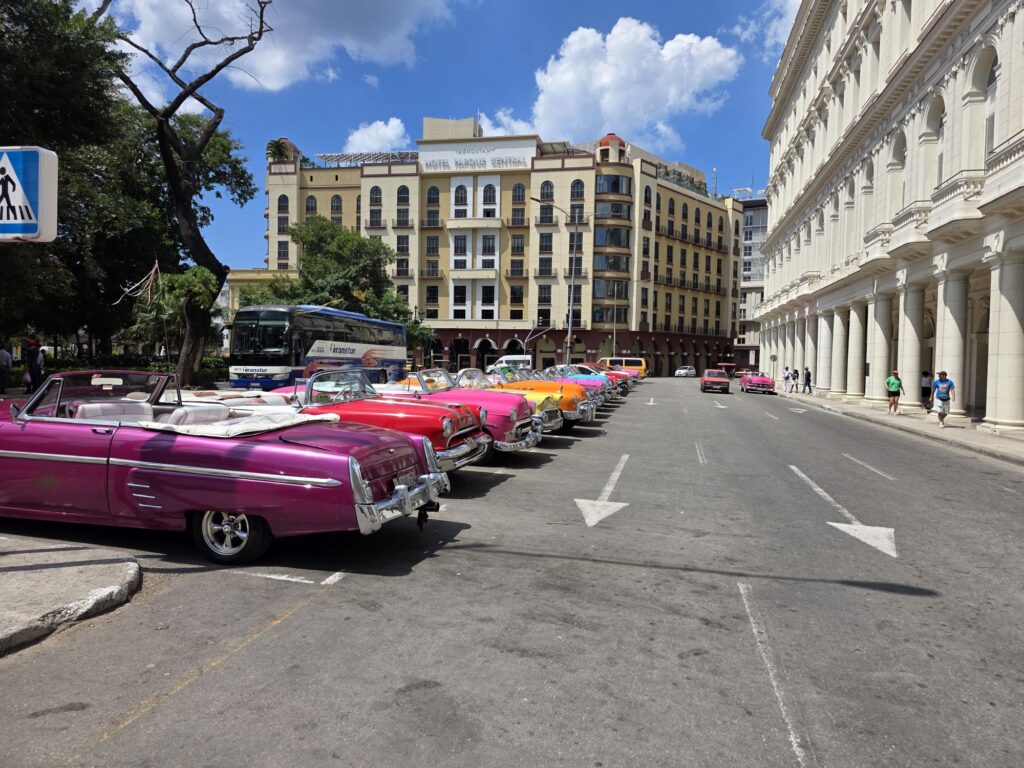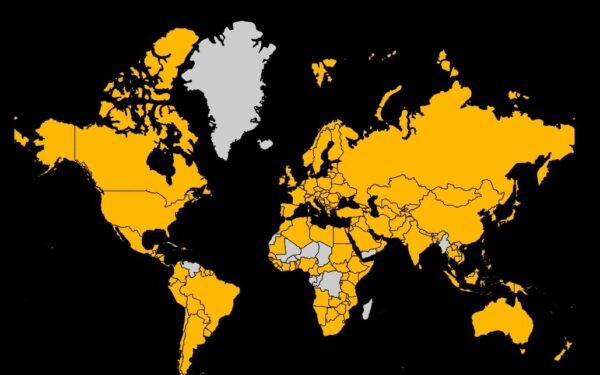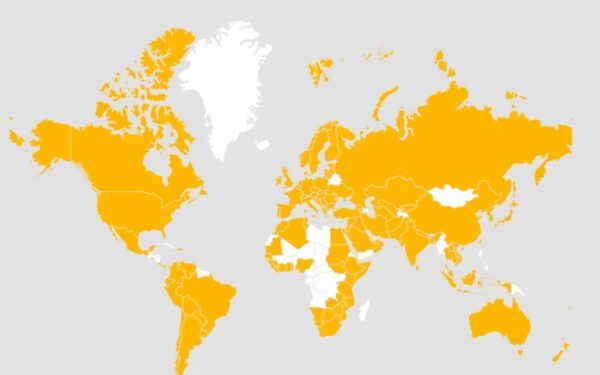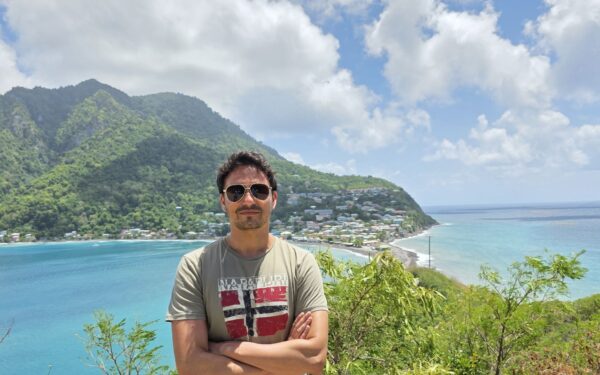Trip Report: Cuba
Visited in March 2025
During my project to travel to every country in the world, I always made sure to save a few “good” countries for last. Cuba, my country 186/197, was one of them. In recent years, however, I’ve lost a bit of my appetite for Cuba. The country has always had its problems, but they seem to have taken on a new dimension since the pandemic…
Recently, there have been more and more power outages throughout the country; just a week before I arrived, the country was without electricity for three days. There have also been multiple shortages of food, medicine, gasoline, and more in recent years. If any or all of these things happen during your time in Cuba, it’s probably a pretty shitty trip, right?
Based on these stories, I felt it was quite possible that I would not like Cuba. Cuba seems to be a polarizing country anyway, and I know many people who didn’t enjoy Cuba. That’s why I decided to stay a week in the first place. Even with the option of leaving early if I didn’t like it (I checked my options before the trip).
Just before I arrived, however, my anticipation grew a bit. Cuba was the second half of a trip through the Caribbean, having visited the four remaining countries of the Lesser Antilles the week before. After eight days on these small islands, I was glad to be back in a more urban area.
So, I had seven days in Cuba. But instead of describing all seven days day by day, I’ll try to explain in different categories what I experienced, what I liked and what I didn’t like.
Here we go.
Places I visited
I saw a total of three places in Cuba: Havana, Viñales and Varadero. However, I spent most of my time in the capital Havana. I visited Viñales as a day trip from Havana and spent one night in Varadero. So, five days in Havana, one in Viñales and one in Varadero.
Havana
Havana is a city full of life, history, and color. The streets are lined with old colonial buildings, some beautifully restored, others crumbling but still charming. Classic American cars from the 1950s rumble past, adding to the city’s unique atmosphere. You will see people gather to chat, play music, or kids playing football in the narrow streets of Havana vieja.
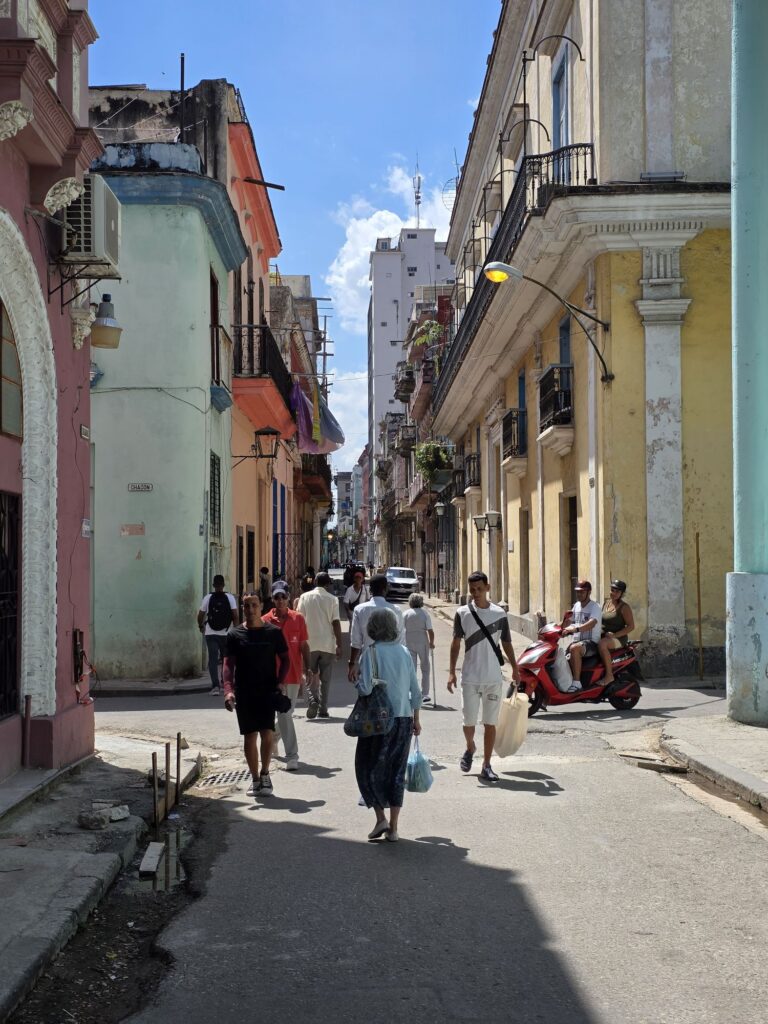
Everywhere you go, there is music. It drifts from open windows, small bars, and street corners. The sound of salsa, jazz, and traditional Cuban rhythms fills the air. Life in Havana feels warm and welcoming, even in the city’s busiest streets.
At night, the city comes alive in a different way. Rooftop bars serve mojitos as the sun sets over the ocean. Small clubs and jazz bars invite people in with live music and a relaxed vibe. Whether you’re exploring Old Havana’s cobbled streets or sitting by the sea, Havana has a way of making you want to stay just a little longer.
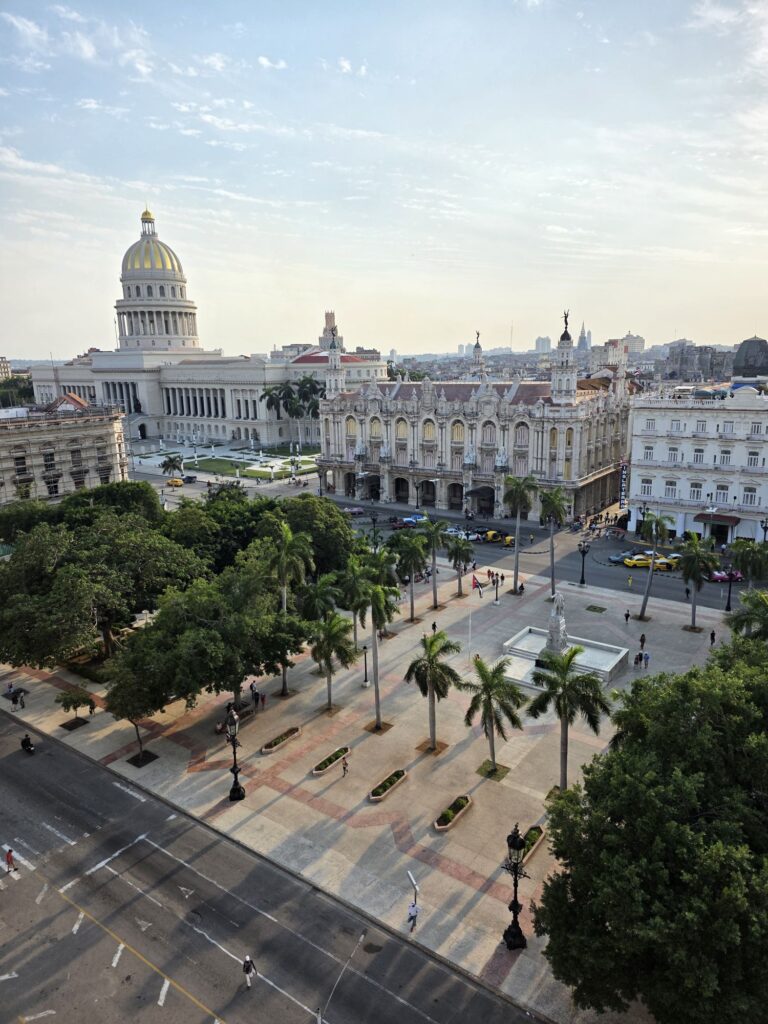
In the five days I spent in the Cuban capital, I began to love the city. Havana is a city that has an incredible amount to offer. Even if you’ve seen all the sights, which I haven’t, you won’t get bored. The lively streets, the many small bars and cafés offer so much that you could spend weeks here. For me, it’s by far the best city in the Caribbean.
Viñales
Viñales, three hours west of Havana, is a small town surrounded by green hills and tobacco fields. The landscape is beautiful, with huge limestone mountains, called mogotes, rising from the valley. Farmers still use oxen to plow the fields, and small wooden houses dot the countryside. Everything feels peaceful and unspoiled.
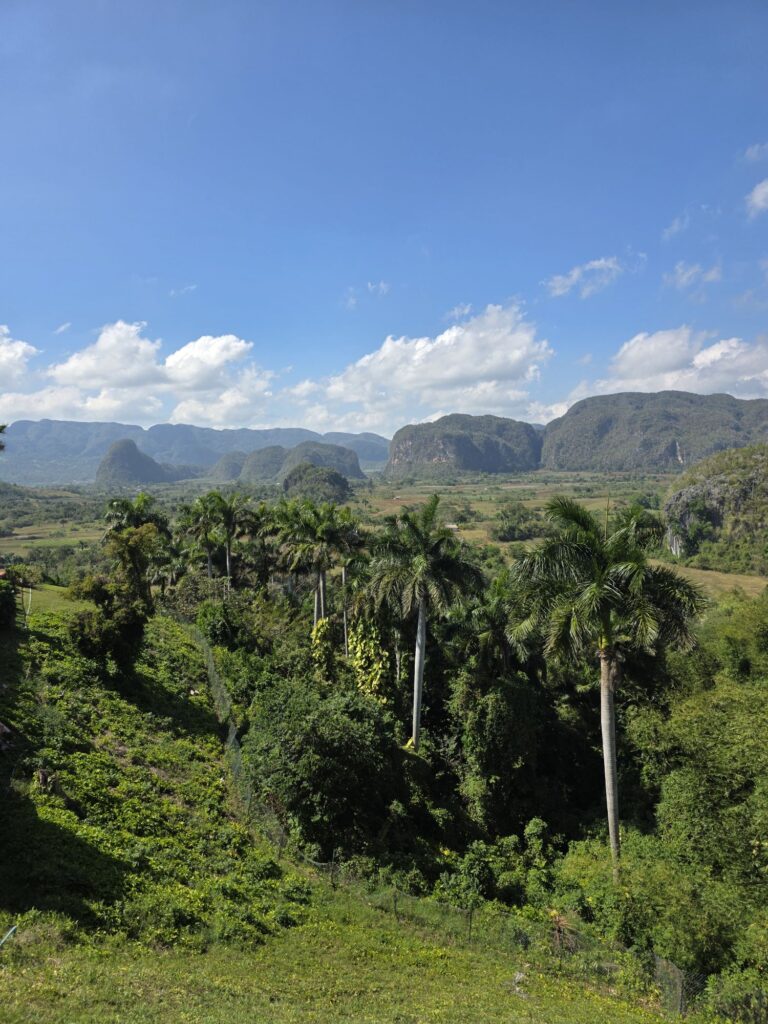
Life moves slowly here. Horses trot along the dirt roads, and people sit on their porches, rocking in wooden chairs. The air smells of fresh earth, tobacco leaves, and distant rain. In the town’s main square, locals and visitors gather in the evening, chatting or dancing to live music.
There’s plenty to do, but nothing feels rushed. You can explore caves, ride horses through the valley, or visit a tobacco farm to see how farmers make Cuba’s famous cigars. And in between, the best way to enjoy the day is with a cool drink like a piña colada.
Viñales is actually a must on a trip to Cuba. Really every tourist goes there. Whether as a day trip or longer.
Varadero
Varadero is one of Cuba’s most famous and popular tourist destinations. Located on the narrow Hicacos Peninsula, the coastal city is best known for its endless white sandy beaches and turquoise waters. Many large all-inclusive resorts line the coastline, making Varadero particularly attractive to beach vacationers seeking relaxation and comfort.
Away from the beach, there are several excursion options, such as the Cueva de Saturno stalactite cave, the Parque Josone nature park, or the nearby city of Matanzas, which offers a more authentic glimpse into Cuban life. I have to admit that I skipped all of this and went with the all-inclusive version because I wanted to treat myself at the end of the trip.
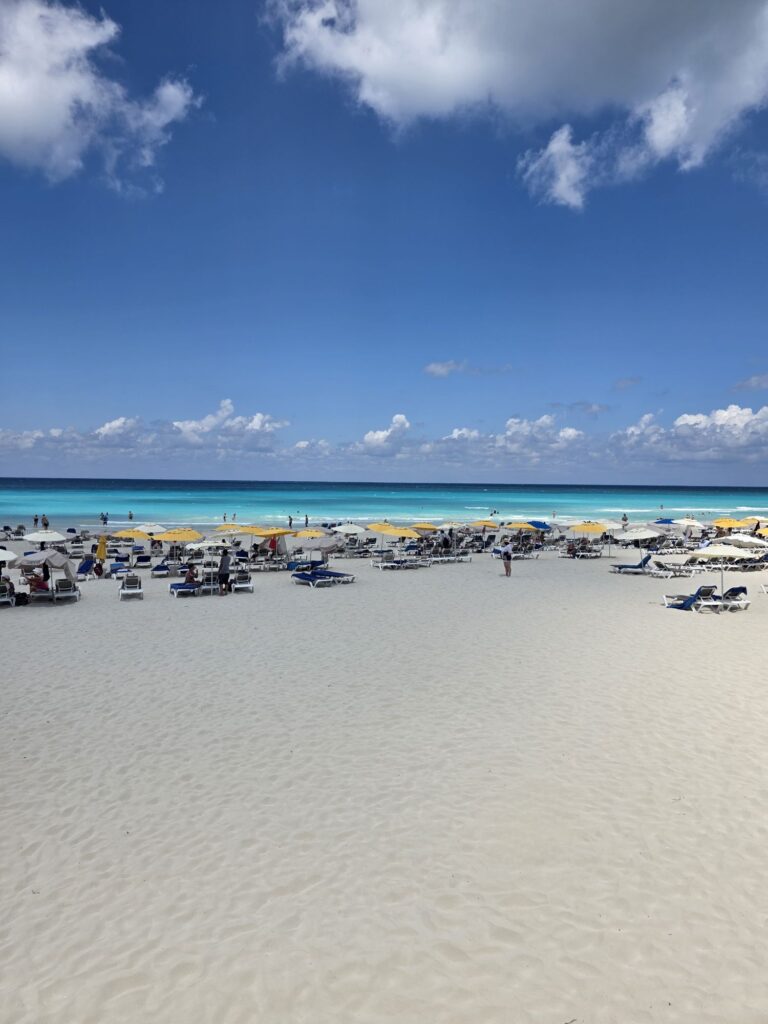
However, my stay in Varadero turned out to be a big flop. The Melia International was a terrible hotel, a vacation bunker of the worst kind, with thousands of people living in close quarters and fighting each other for sun beds and buffets. It was also extremely windy that day, so you couldn’t really enjoy the beach or the sea. Not the resort’s fault but part of the overall experience.
Some of you may ask: what do you expect when you book all-inclusive? Haha, fair point. It’s not my way of traveling either, but I have done it from time to time over the last few years. Even compared to all the all-inclusive accommodations in the last few years, the Melia International was just awful. I will explain the reason why I came to Varadero in the first place later in this article.
—
Of these three places, I would say that Havana is an absolute must. There’s nowhere better to see what makes Cuba tick and the city also has a lot to offer. Viñales is also a nice place, you can do it as a day trip or with an overnight stay. I wouldn’t stay any longer.
Varadero, on the other hand, really has nothing to do with Cuba, at least if you’re staying in an all-inclusive resort. Basically, it’s Cuba’s Cancun just without the parties. You can find places like Varadero everywhere else in the world.
If you want to go to a beautiful beach on a trip to Cuba, then why not. Otherwise, I can’t recommend Varadero. Incidentally, Playas del Este also has beautiful beaches that can you can reach in just 30 minutes from Havana.
Cuba’s political system
Okay, I won’t bore you with this category for long, but I think it’s important for the rest of this article that everyone knows how the situation is in Cuba.
Without beating around the bush, Cuba is a communist dictatorship in which the Communist Party of Cuba is the only authorized party. According to the constitution, the party plays a leading role in state and society. Political pluralism, as we know it in many Western democracies, does not exist on the island.
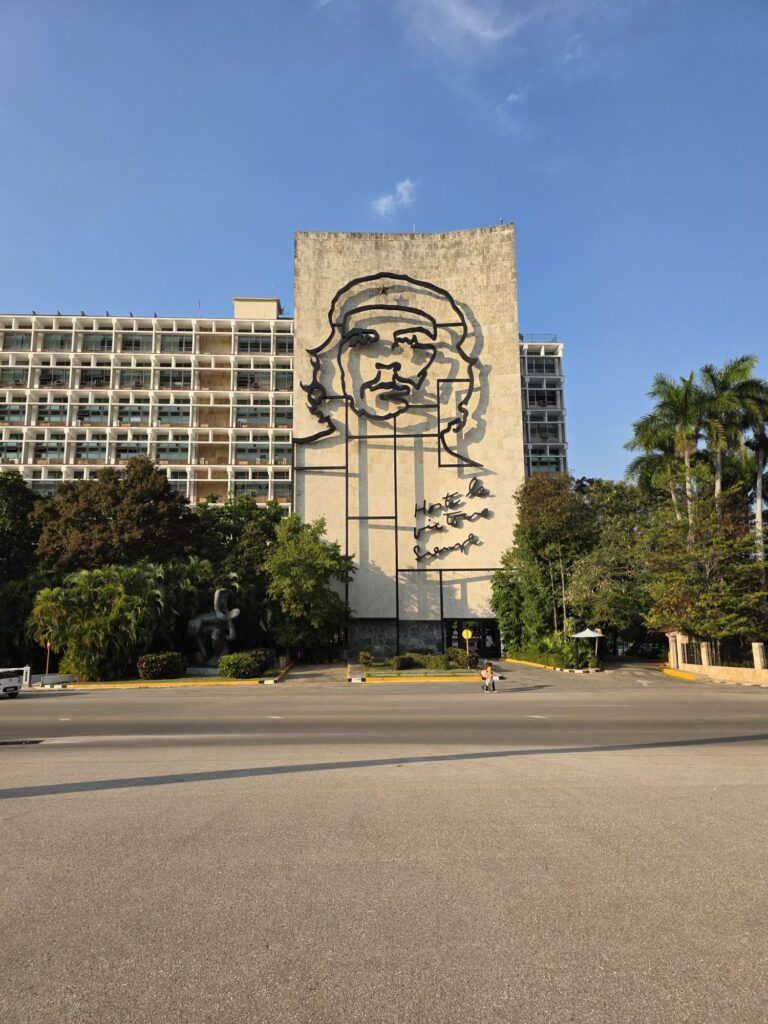
Cuba’s state structure is highly centralized. The president sits at the top, serving as both head of state and head of government. The National Assembly, elected every five years, holds legislative power. In reality, however, the party leadership makes many key political decisions, and state authorities later ratify them. The government also controls the judiciary, administration, and media, all of which remain closely tied to the political leadership.
At the same time, there has been an American embargo against Cuba since 1962 – referred to as a “blockade” by the Cuban government. This still affects life on the island today. Many products are difficult to obtain or are not available at all, which travelers may feel. Things like toothpaste, medicines or spare parts cannot be taken for granted. The political system as well as the US-embargo make life hard in Cuba. Public political discussions are rare and you will see a lot of poverty in Cuba.
Until 2013, Cubans could only leave their country with an exit permit, which was difficult to obtain. Today, this is no longer necessary, but the hurdles remain high. Passports are expensive and getting a visa for the USA or Europe is very difficult. On top of this, people cannot afford to travel abroad, i.e. flight tickets. As a result, Cuba remains a prison for most locals.
By the way, US-Americans are allowed to travel to Cuba, but not officially as normal tourists. The government of the USA only allows travel under certain categories, e.g. “Support for the Cuban People”, educational trips, journalistic purposes or family visits. The classic tourist category is not allowed.
As a result, Americans are prohibited from staying in government-owned accommodation – i.e. practically all hotels – and must stay in casa particulares. For non-Americans, a trip to Cuba can have even bigger consequences: the USA no longer grants them an ESTA after visiting the island. Contrary to popular belief, this doesn’t mean they can’t enter the United States anymore—but they do have to apply for a regular visa ($160, valid for 10 years).
Traveling in Cuba
Cuba’s political system affects travelers in a variety of indirect and subtle ways – apart from the US ESTA not necessarily in the form of direct restrictions, but noticeably in everyday life.
One thing you’ll quickly notice is how much the state organizes or controls: Internet access remains limited and expensive (though today you can at least get Wi-Fi and SIM cards—in the past, you needed internet vouchers to go online at specific hotspots). The government owns many hotels and restaurants, and independent media is nearly impossible to find.
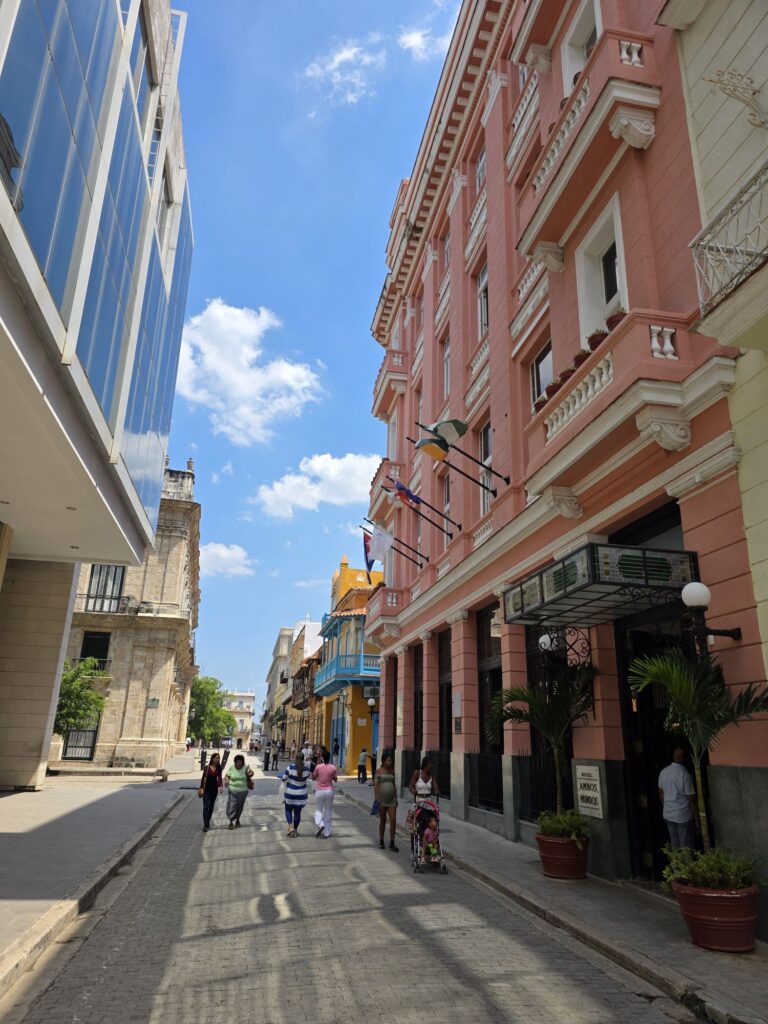
As mentioned above, the system influences the supply situation in the country. Certain products, from snacks to medicine to gasoline, may not be available. Transportation and services also do not always run smoothly. Many Cubans are masters of improvisation, but for travelers this can mean that plans sometimes need to remain flexible.
Cuba is also a cash country, as many foreign credit cards do not work here. That’s why you have to bring USD or EUR (or even CAD) into the country. Don’t make the same mistake as I did and bring USD instead of EUR. The internet recommends bringing Euros, at least for us Europeans, as this is the better currency, which is not true.
In Cuba, the euro and dollar are valued at almost 1:1. At the time of my trip, however, the euro was almost 10% higher than the USD. I lost this difference because of the bad advice I got from the internet and ChatGPT. You can check the current inofficial exchange rate on the “El Toque” site on Facebook.
You then exchange the money either at the hotel, the casa or another trusted dealer at a rate about three times better than at the bank. Don’t make the mistake I did and change money with a random guy on the street. Do it in a store. At the time of my trip, the unofficial exchange rate for 1 USD or EUR was 350-355 and the best rate I got from a café was 340, so not too bad.
Nevertheless, you can definitely call Cuba a “touristy” country. Although the number of tourists is decreasing, mainly due to the supply situation in the country, you will still see a lot of tourists. Especially if you compare Cuba with countries like Myanmar, where I was a few months ago and saw practically no tourists.
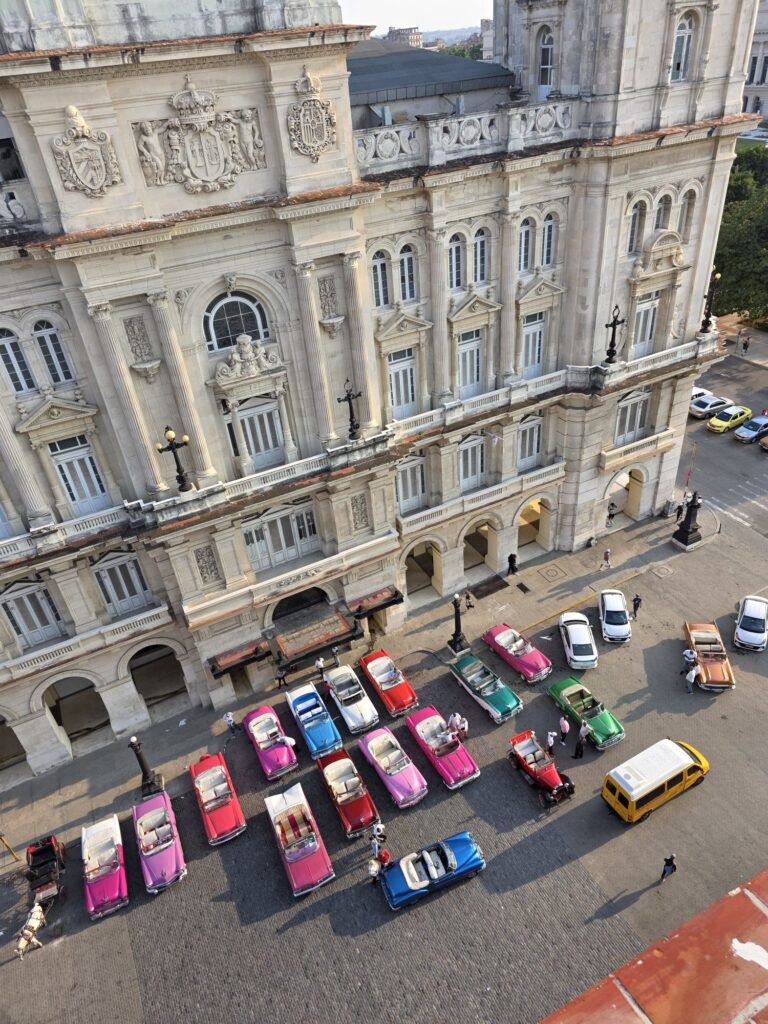
So the tourism infrastructure is actually quite good. In addition to hotels, Cuba has mainly so-called casa particulares. These are family-run guesthouses. Some of them are similar to guesthouses found all over the world. Others are apartments where you rent a room and the owners also live there. Definitely an authentic way to experience the daily life of Cubans.
The tours are a little more complicated. I had originally booked three nights in Havana and wanted to go with the flow. With this plan, I had the perhaps somewhat naive idea that I could shop around in Havana and book this and that tour. I had in mind a day trip to Viñales and a two-day tour to Cienfuegos and Trinidad.
First realization: Almost all tours in Cuba are private. This means that if you ask a tour operator how much a day trip to Viñales costs, they will tell you $60 per person for three people. However, it is up to you to find the other two people. Of course, this is not impossible. You can ask people in your casa or on the internet (Cuba Travel Tips on Facebook, for example). But it requires some effort.
Second lesson: Renting a car on short notice is very difficult. I wanted to rent a car for my trip to Cienfuegos and Trinidad. It turned out that in Cuba you need a certain amount of lead time. I wrote to a car rental company around noon to say I wanted a car the next morning and got a reply that I would have to wait at least 24 hours after completing the reservation. Nobody knows exactly why.
The alternative would have been the Viazul bus, which connects tourist destinations in Cuba. But the trips are long and the buses don’t run every day. So Cienfuegos and Trinidad were out of the question and I took the Viazul bus to Varadero instead.
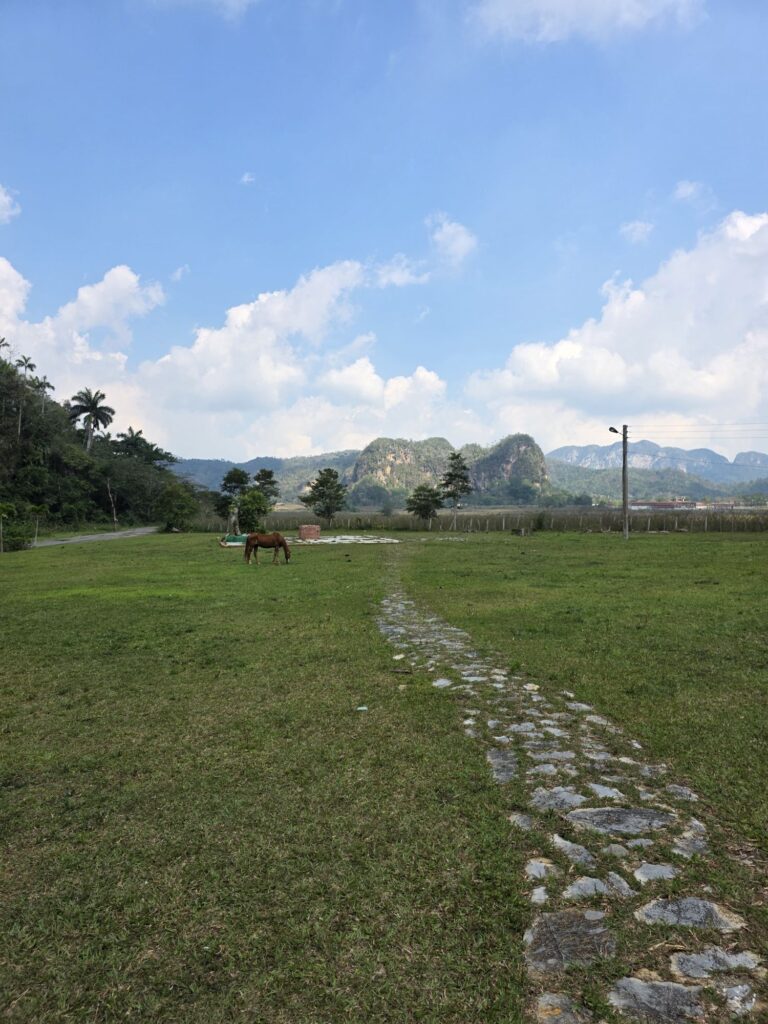
So Cuba is a country that is either expensive or requires a certain amount of planning as a solo traveler. However, as a tourist in Cuba, you will usually enjoy a lot of freedom and a friendly welcome. If you travel with openness, respect and a little patience, you will not only have wonderful experiences, but also exciting insights into a country that is unique – and sometimes challenging – due to its political system.
The Cuban people
During my trip to Cuba, I met many Cubans, chatted with them and gained exciting insights into their daily lives. Of course, in the short time I was there, I barely scratched the surface. Nevertheless, I would like to share my impressions with you.
Cuban men and women are open, warm and proud people. Many display an impressive blend of joie de vivre, improvisation and resilience – qualities that have become almost essential for survival on an island of economic shortages and political restrictions.
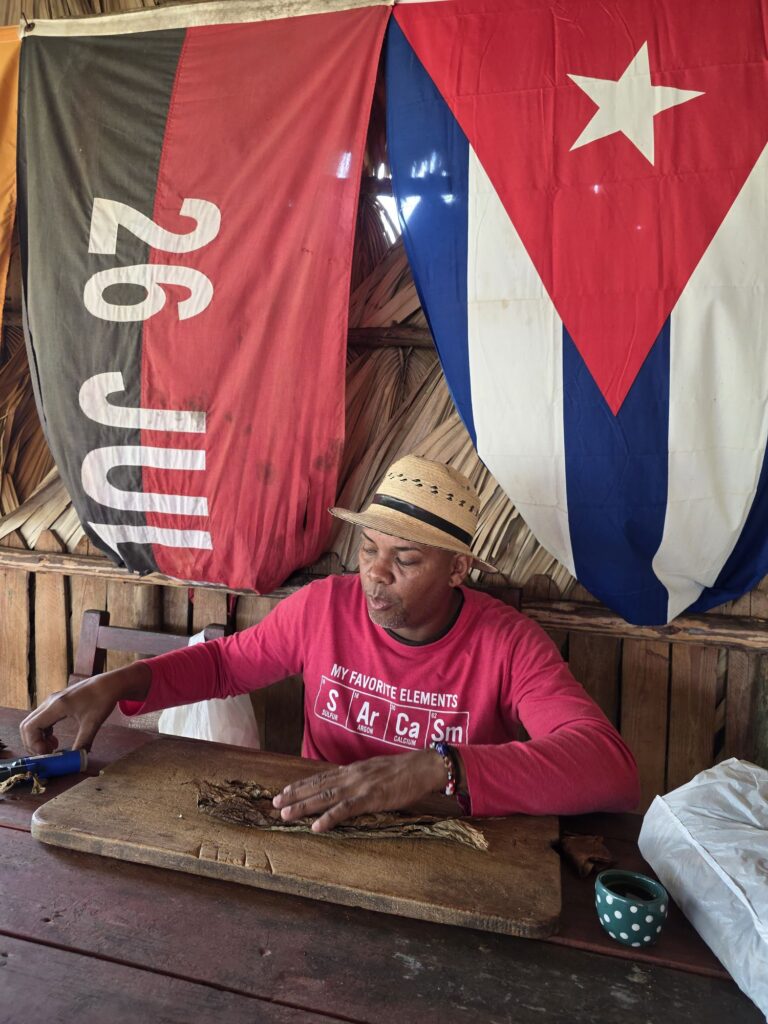
In Cuba, if you walk around with a smile and genuine interest, you will often strike up a conversation – on the side of the road, in a casa particular, or during a spontaneous dance on the sidewalk. But you must also be careful. If you are approached by a Cuban on the street, in the most harmless case it is an offer for a taxi ride, but in many cases it is also a scam.
Especially around parque central, the center of Havana, you will often be approached by scammers. Some will tell you about a cigar festival that doesn’t exist or try to rip you off in some other way. For example, they offer you to change money and rip you off. I learned my lesson there after being given a bundle of notes that were worth significantly less than the equivalent in euros. It wasn’t much of a loss in the end, but it was still annoying.
Basically, you should follow this rule in Havana: if a random person approaches you, ignore them. It may seem rude, but it will save you a lot of energy (and money) in the end.

Other than that, I found the majority of Cubans to be very helpful and friendly to visitors. Especially where Cubans come into contact with tourists, the service mentality was quite high – after all, there are plenty of tips to be earned. I took the occasional overcharge in stride, as I was aware of the difficult situation the locals were in.
Another good thing is that Cuba is a relatively safe country. Although crime in Cuba has increased in recent years, it is still safer compared to other Caribbean countries. I have often walked alone through Havana at night and never had any problems.
Food in Cuba
Okay, let’s get to that critical point. Cuba has a reputation for having the worst food in the world. Seriously, I’m not making this up. Ever since I started traveling, I’ve heard this prejudice over and over again. Just two days before I arrived in Cuba, I met travelers from Jamaica in Dominica who told me to bring my own food because the food in Cuba was inedible.
So what is typical Cuban food? Rice with black beans often appears on the plate, along with meat such as pork, chicken or sometimes beef – usually slowly braised, seasoned with garlic, onions and cumin. A classic is ropa vieja, a dish of shredded beef in tomato sauce, which translates to “old clothes” because of its fibrous appearance. Side dishes like fried plantains, yucca with garlic oil, or sweet pastries round out the meal.

I would be lying if I said that Cuban food is the best in the world. BUT it is much better than its reputation. I guess it depends on where you eat. In Havana Vieja there are a number of restaurants that prepare the very best food. Examples are ChaChaCha, Antojos, Paladar Doña Eutimia, Lo de Monik and Donde Lis.
As a rule of thumb, if the restaurant has more than five employees, it is probably state-owned. This is certainly the case with ChaChaCha and Antojos. You will also pay European prices, but you will get really good food. Residents of Cuba cannot afford to eat in such places, as one dinner costs more than the average monthly income.
Conclusion: Cuba’s strength is certainly not its cuisine, but the country doesn’t have the worst food either. Anyone who says that has probably never been to Mongolia or Central Asia. In any case, I was pleasantly surprised.
Prices in Cuba
While we’re on the subject of restaurant prices, here’s a general assessment of prices in Cuba. How expensive Cuba becomes for travelers depends heavily on the desired standard and the time you have in the country.
Hotels are rather expensive, especially the luxurious ones, for the rather low standard they offer, if you believe the reviews. A central hotel in Havana costs upwards of $100 per night. Casa particulares are cheap. Online you can find relatively good casas for $30-40 per night. If you want to save money, book the first night online and pay the rest to the host in cash. My first casa in Havana, for example, cost $50 online, and when I extended my stay by one night, I paid half that amount.
The food prices vary, as already described. There is cheap street food in Havana. I don’t know if it tastes good and, to be honest, it didn’t look particularly hygienic. In good restaurants, a main course costs around $10-15, although you can also get filet mignons and other fancy dishes for >$30.
Cuba is also a country where alcohol is available almost everywhere. Seriously, I have rarely drunk as much in a country as in Cuba. Not getting drunk, but a drink here, a drink there, day after day. 🙂 Alcohol prices also vary greatly. Some drinks are available for 2-3 dollars, others – in more expensive bars – cost as much as in Europe.

Getting around is not really cheap. The prices for taxis are high in Havana. As an alternative, there is the La Nave app, the Cuban Uber, which offers cheaper rides than a regular cab. Expect to pay around 2,500-3,000 pesos for a 10-minute ride, which is just under 10 USD or less depending on your exchange rate. By regular taxi it can be twice as expensive. From the airport to the city or back costs 25-30 USD:
Outside of Havana, you can either travel by bus, taxi collectivos or private taxi. For my three-hour trip to Varadero, I paid €16 each way. I can’t comment on taxi collectivos as I never inquired about a price, but according to ChatGPT the price for this route is around €30, while private taxis cost €70-90.
Tours are basically not very expensive, but since many require a private taxi, the price for solo travelers goes up. Example: for a day-trip to Viñales the normal price for a solo traveler with a private taxi would be €160. I got a discount through CubaGuider (highly recommended!) as I booked other things through them and ended up paying €120.

An alternative would be to travel with Viazul (€16 one-way) and then book the tour directly in Viñales, e.g. via the accommodation. I read on a message board that some people got day tours for $30, so not that expensive.
To summarize, Cuba – despite the severe economic crisis – is not a super-cheap country, especially for solo travelers with a limited amount of time. However, Cuba is still the cheapest country in the region with DomRep, Haiti and Jamaica. In a global comparison, the country would be somewhere in the midfield, provided you can exchange your dollars or euros at a good rate. With the official bank rate, the country would be expensive.
Bottom line on Cuba – is it worth a trip?
Of course, a week in Cuba is not enough to see the whole country. But it is enough to get a good first impression. With Havana, Viñales and Varadero I saw three of the most touristy places in Cuba. I can visit other places on the typical Cuba travel routes like Cienfuegos, Trinidad, Santa Clara or the east of the country (Camagüey, Santiago de Cuba) another time.
So what was my first impression?
Cuba is a country like no other, because in many ways it feels like a trip back in time – and not just because of the old American classic cars or the colonial architecture. The socialist system, decades of isolation, the US-embargo and Cuban ingenuity have created a unique reality that is very different from the rest of the world.
You are not just traveling through a country, but through a complex interplay of history, politics, culture and everyday life. There may be blackouts, many things are hard to come by, but you will experience real encounters, music in the streets, improvisational talent at every level – and people who have retained their humor and warmth despite all the adversity.
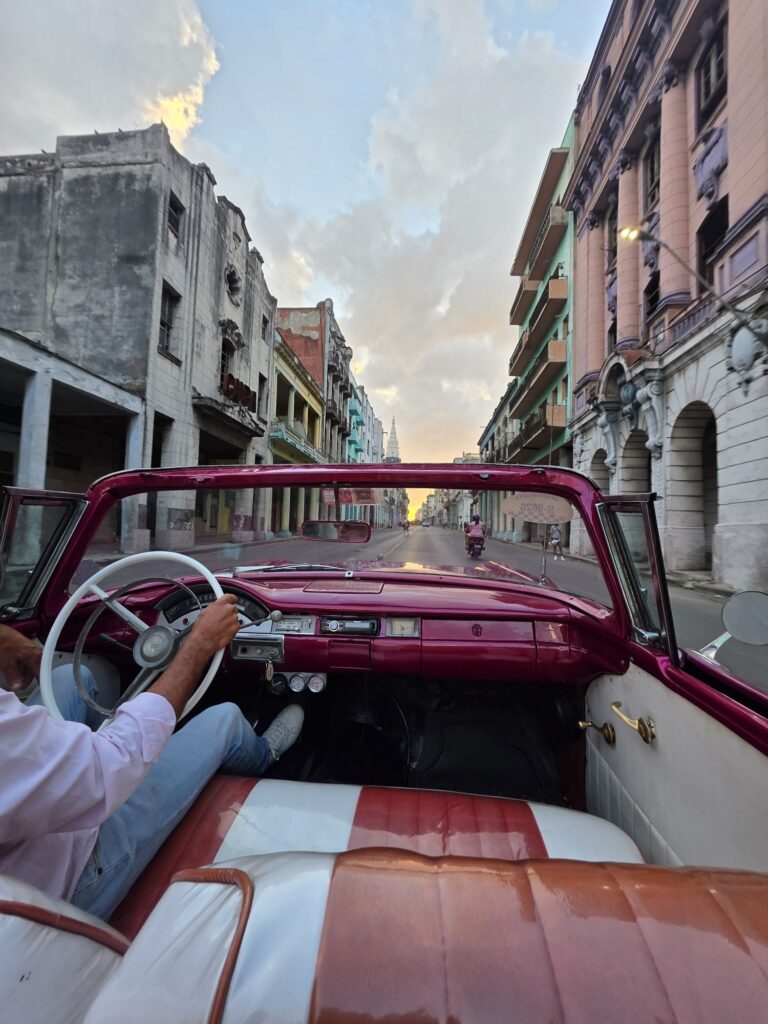
Cuba is certainly an eye-opening country in many respects, for example when it comes to communism. There are five countries in the world that are officially communist: China, Vietnam, Laos, North Korea and Cuba. In reality, however, only North Korea and Cuba are truly communist, while the other three have many capitalist characteristics.
In Cuba, the communist system and poor governance are mainly to blame for the country’s misery. I was in a Ronera, a rum distillery, where I was told that the government claims 90% of the rum produced there. This is just an example, but such interference in the economy destroys incentives to do good work.
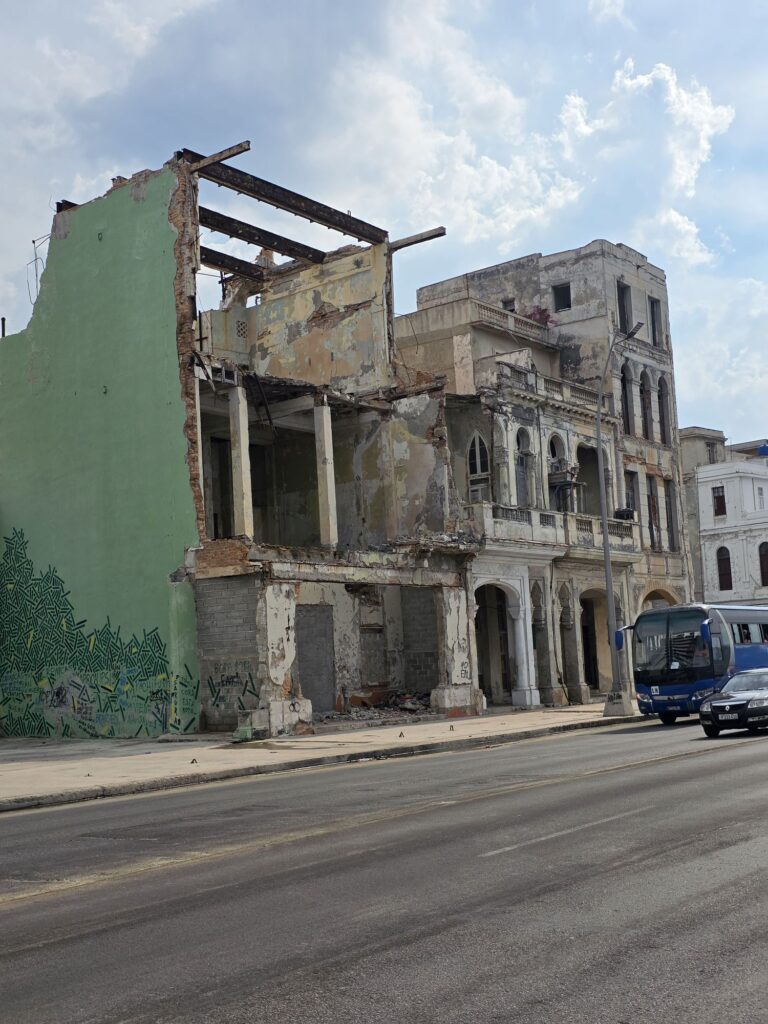
Some may now say that the US sanctions are the reason for poverty in Cuba. Certainly, they also play their part. However, I have been to other countries that are severely affected by US sanctions. None of these countries had as much poverty as Cuba. Iran, for example, certainly has its problems, but it doesn’t look like a poverty-stricken country to me. Even Venezuela (!) seemed prosperous compared to Cuba. You have to imagine that!
In the introduction I wrote that Cuba is polarizing and I can understand when travelers don’t like the country. The (few) pushy people can be overwhelming, the overcharging can get on your nerves, and if you then experience power cuts or are stranded somewhere because there is not enough gas, the trip is no fun anymore.
Since I didn’t experience any of this and always tried to see the sometimes pushy people in the context of the difficult situation in the country, I had a very good time. Cuba was an extremely interesting and beautiful country for me, without a doubt the best in the Caribbean, and I will definitely come back one day.
Click here to find the trip reports of the 180+ other countries I have visited so far!
